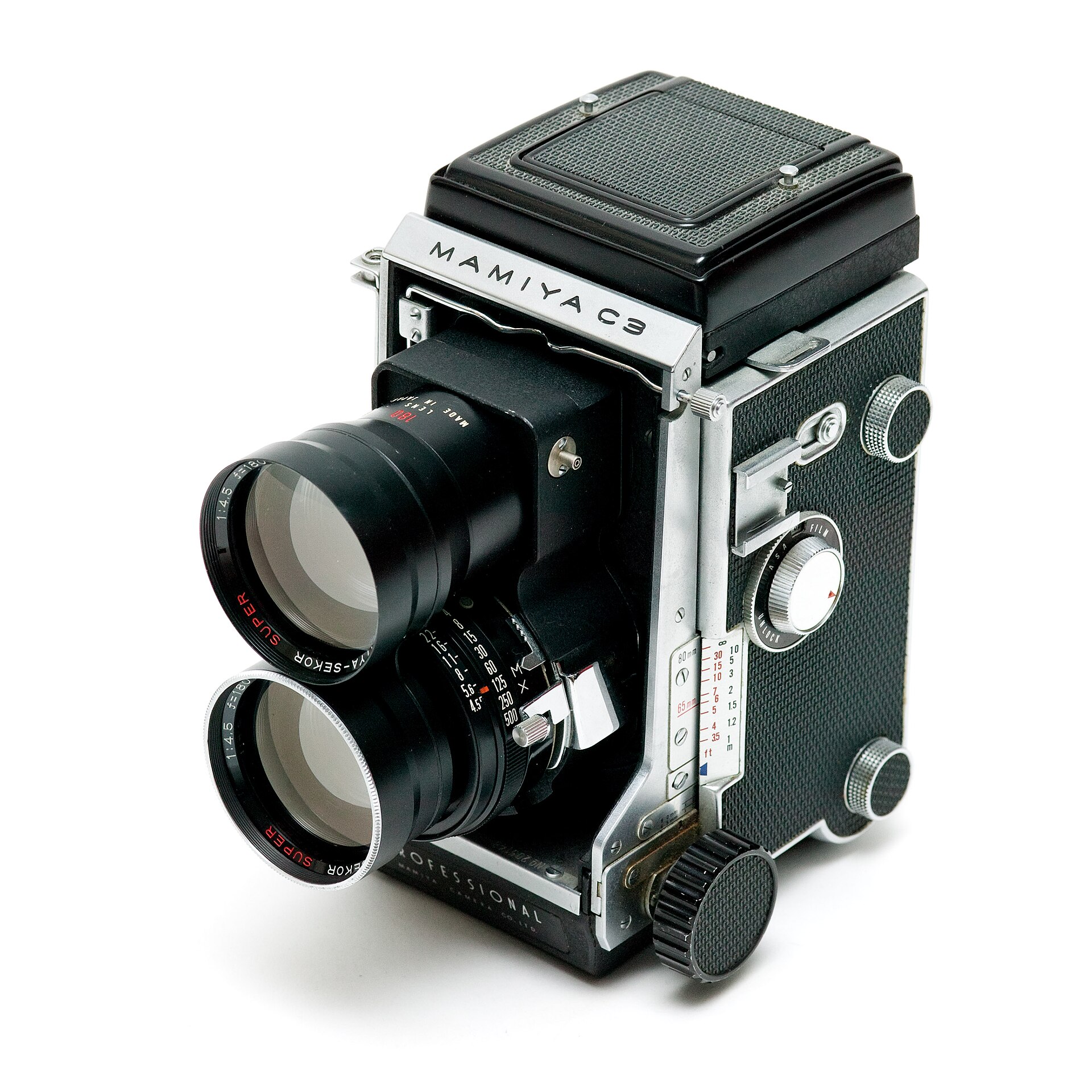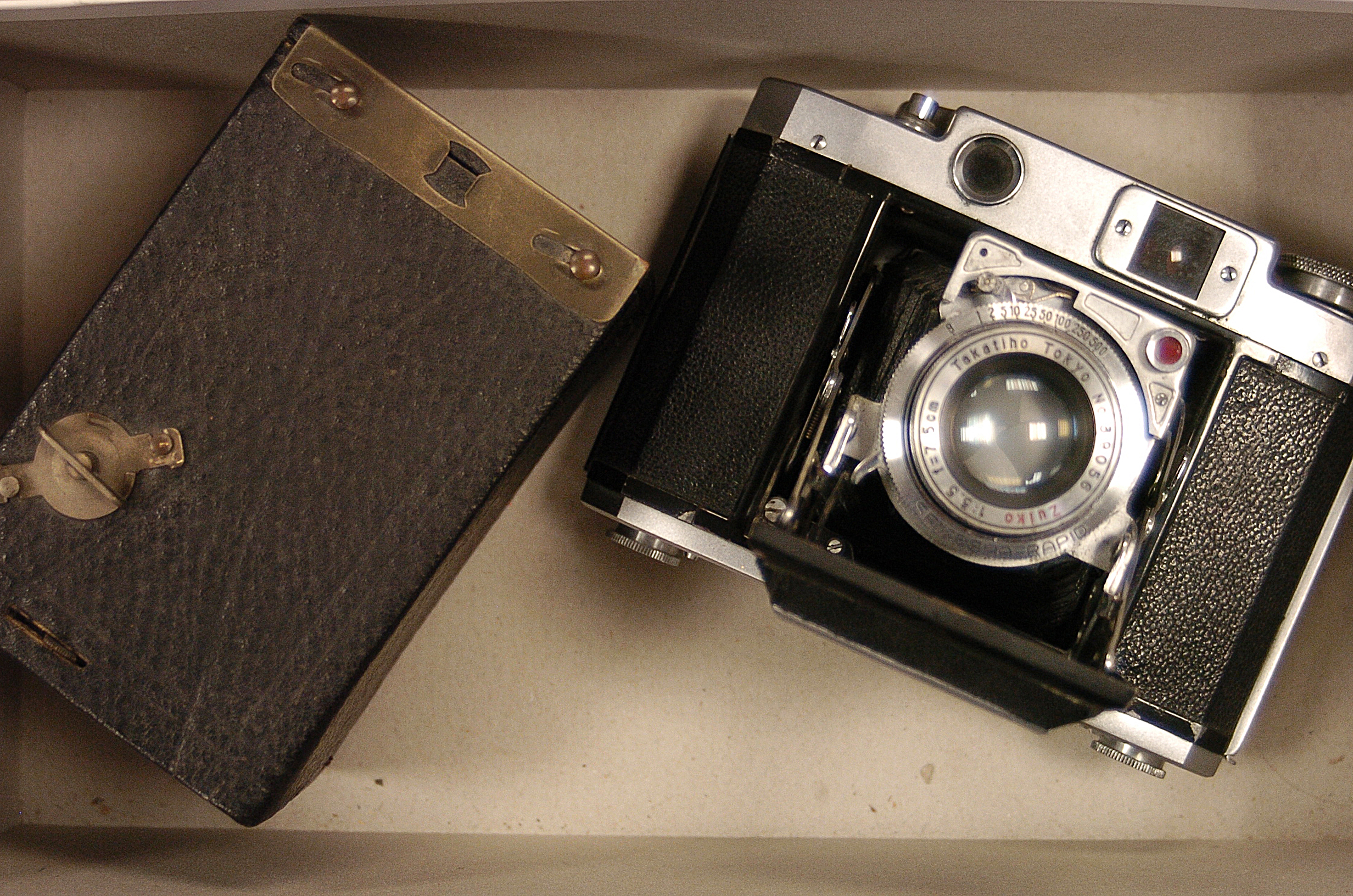
The Mamiya 6 does the same thing as a Hasselblad system with 50, 80 and 150 lenses, just that this Mamiya weighs much less, is much easier and faster to use and makes sharper images due to the silent and vibration free electronic leaf shutters and rangefinder-design lenses. 220 and 120 film are selected just by rotating the pressure plate; the. All cameras come with a 6 month warranty. Mamiya 6 + 75mm: Body Serial Number: 307916 Lens Serial Number: 312404 Description: Ever wanted to dive into the magical world of medium format photography but didn't want to commit to one of those MASSIVE RZ67's. Enter stage left: The Mamiya 6 Rangefinder Camera! Mamiya continued as a specialized medium format camera maker, with the M645 Super 4.5×6 SLR from 1985, new versions of the RB67, RZ67 and Mamiya C, the new Mamiya 6 6×6 format rangefinder from 1989 and its successor the Mamiya 7 6×7 rangefinder from 1995. In 1993, the company name was changed to Mamiya-OP K.K. The Mamiya Six (not ot be confused with Mamiya-6) is a range of medium format folding cameras, providing negatives 6x6cm in size and coupled rangefinder. Being coupled means that the rangefinder is 'linked' to the lens - or, in this case, the film plane mask - so that when focusing in the viewfinder the picture is also focused.
The Mamiya 6 is a medium-formatrangefinder system camera manufactured by Mamiya. It was introduced in 1989, and the line was discontinued in 1995. The coupled viewfinder windows displays frame lines appropriate to the lens mounted. The lens mount partially collapses when the camera is not in use, making it more compact. The camera has a built-in dark slide that allows the electronic leaf shutter lenses to be changed with film in the camera. It can operate in auto exposure, auto exposure lock, and manual modes. It captures twelve 6 cm × 6 cm images on 120 film rolls and 24 on 220 film. The camera also features a self-timer, hot shoe, and flash synchronization terminal.
The Mamiya 6 MF was introduced in 1993. It includes an adapter that allows 6×4.5 cm formatted images to be produced. However, the number of images per roll remains the same because images are horizontally oriented. An optional panoramic adapter allows 24×54 mm images to be captured on 35 mm film. The two new features added additional lines to the viewfinder.

Lenses[edit]
- Mamiya 50 mm f/4.0
- Lens construction: 8 elements in 5 groups
- Angle of view: 75˚
- Minimum aperture: 22
- 35mm equivalent: 28mm
- Minimum focusing distance: 1m
- Area covered: 94.5mm x 94.5mm
- Filter size: 58mm
- Hood: bayonet type
- Dimensions: 55mm (length) x 64mm (diameter)
- Weight: 335g
- Mamiya 75 mm f/3.5
- Lens construction: 6 elements in 4 groups
- Angle of view: 55˚
- Minimum aperture: 22
- 35mm equivalent: 41mm
- Minimum focusing distance: 1m
- Area covered: 63.2mm x 63.2mm
- Filter size: 58mm
- Hood: bayonet type
- Dimensions: 43mm (length) x 64mm (diameter)
- Weight: 250g
- Mamiya 150 mm f/4.5
- Lens construction: 6 elements in 5 groups
- Angle of view: 30˚
- Minimum aperture: 32
- 35mm equivalent: 82mm
- Minimum focusing distance: 1.8m
- Area covered: 56.2mm x 56.2mm
- Filter size: 67mm
- Hood: screw-in type
- Dimensions: 86mm (length) x 70mm (diameter)
- Weight: 480g
See also[edit]
References[edit]
- Mamiya 6 Instructions[permanent dead link] (404 - File or directory not found, 8 October 2017)
- Mamiya 6 MF Instructions (404 - File or directory not found, 8 October 2017)
External links[edit]
- Mamiya 6 page at Camera-wiki.org